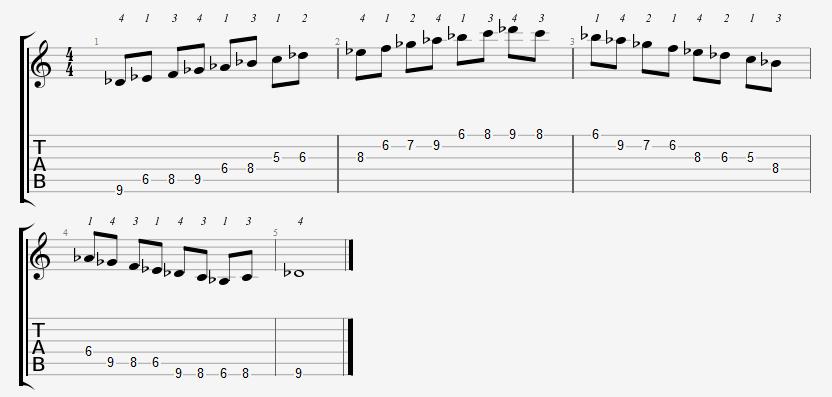

“W” stands for whole step and “H” stands for half step. The formula for forming a natural (or pure) minor scale is W-H-W-W-H-W-W. As we’ve seen, the D natural minor uses these same notes, except that the sixth note of the major scale becomes the root note of its relative minor. The notes of the F major scale are F, G, A, B♭, C, D and E. A natural minor scale/key consists of the same notes as its relative major. The relative major key for the key of D minor is F major. Here’s the Dm scale on the piano keyboard.

Here’s the D minor scale on the treble clef.

Perfect 8th: D (one octave higher) is the 8th note of the D natural minor scale.Minor 7th: C is the 7th note of the scale.Minor 6th: Bb is the 6th note of the scale.Perfect 5th: A is the 5th note of the scale.Perfect 4th: G is the 4th note of the scale.Minor 3rd: F is the 3rd note of the scale.Major 2nd: E is the 2nd note of the scale.Tonic: D is the 1st note of the D natural minor scale.To learn more about this scale and others, check out my course, Learn Scales & Music Theory & Give Yourself An Upper Hand. This scale consists of the pitches, D, E, F, G, A, B♭, and C. Let’s start with the D natural minor scale. They are the natural, melodic and harmonic minor scales. There are three types of minor scales and we shall take a look at all of them here. This lesson is all about the D minor scale.


 0 kommentar(er)
0 kommentar(er)
